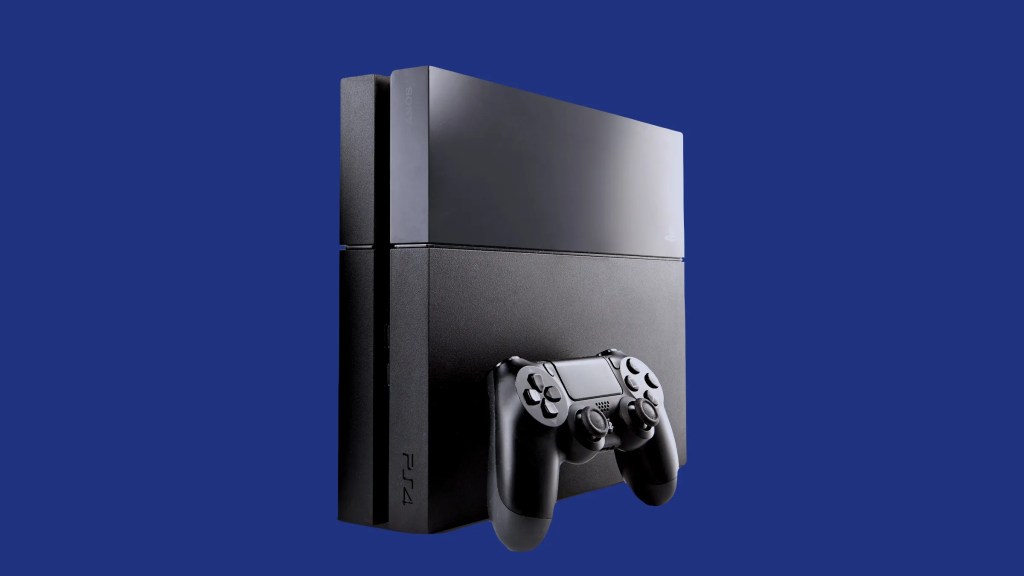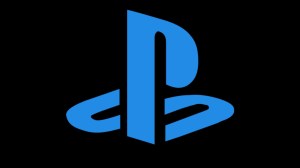Xbox and PlayStation fans both have anniversaries to celebrate today. While the console wars as we knew them may be over, it’s worth acknowledging the history of modern gaming and how we reached the point where Master Chief and Marcus Fenix can make the leap to PlayStation. Without the Xbox, the gaming landscape of the modern day would look radically different.
Videos by ComicBook.com
While the PS4 may not have been the paradigm shifter that was the original Xbox, its global (and continued) success made it one of the best-selling consoles of the 21st century and helped set the stage for the PS5’s current dominance. With the state of play changing in light of the current generation’s impact on the gaming industry, here are the biggest reasons fans need to remember the launch of these two consoles and how they set the groundwork for that growth.
The Birth Of The Xbox

24 years ago today, the Xbox launched and changed the gaming landscape. Announced in 2000, the Xbox was meant to be Microsoft’s response to the sheer versatility of the PS2. Capable of also playing DVDs and CDs, the PS2 became a foundational piece of casual hardware for gamers and families all around the world. Fearing the impact that this could have on the PC business, Microsoft waded into the console waters to keep up with the competition. To entice players into a new brand, Microsoft presented itself as the most technically powerful of the major consoles.
With a built-in hard disk, planned internet capabilities, and more computer pieces than unique console equipment, the Xbox carried the inherent CPU power of a PC into the console space. In that sense, the original Xbox was a major precursor to the current state of the industry, which gradually shifted away from unique tech to more standard computing power (as seen with similar advancements made to future PlayStations, as well as the advent of other competitors like the Steam Deck). One of the Xbox’s greatest impacts on gaming remains the way it proved killer apps could be enough of a selling point to justify an entire new console release.
Executive titles like Halo: Combat Evolved helped bring on a massive new audience, making Xbox a quick best-seller. Developing a curated library of mature exclusives and third-party hits, the Xbox became a fitting competitor for the likes of Nintendo and Sony. However, it also spoke to a pervading challenge of the present gaming industry. The cost of the Xbox’s production exceeded the profits made off the console, speaking to a trend in gaming where massive investments don’t always turn into overwhelming profits. However, the success of the Xbox was enough to shift the paradigm in gaming.
The success of an American console (albeit one that struggled outside of Western markets) helped broaden the scope of the console powerhouses beyond Japan. The Xbox’s direct opposition to the PS2 and focus on hardcore gamers may have quietly played a part in Nintendo shifting gears and embracing more innovative approaches to all-ages gaming rather than trying to keep up in an increasingly competitive (and expensive) console arms race. It also helped foster the online console community with the success of Xbox Live, an innovation that is now considered an industry standard. For all its struggles, the original Xbox remains an important piece of modern gaming.
Play Has No Limits

While it may not have been as impactful on the gaming world as the Xbox, the launch of the PlayStation 4 12 years ago further pushed mainstream console gaming into the space it still occupies to this day. The PlayStation 3 stumbled in terms of release, hitting markets a year after the Xbox 360 had been making waves in the marketplace. Hitting North American markets on November 15, 2013, the PS4 was designed as a means of advancing the Sony console brand while retaining a focus on accessibility, taking the console wars throne back after the Xbox 360 and Nintendo Wii took more prominence. The PS4 was specifically intended to be a huge technological step forward, along with a chance to showcase the versatility of the console.
Advancements like PlayStation Vita and Remote Play opened up gameplay options for PS4 fans on the go, speaking to an increasing focus on mobility and flexibility in gameplay. Third-party developers embraced the console’s graphical potential and flexibility, leading to a deep library of titles. The PlayStation Store expanded to include more older titles, all while new innovations like an integrated touchpad and renewed focus on DualShock gave developers more room to experiment with game design.
While Nintendo cornered the family gaming market a few years later with the Nintendo Switch, the success of the PS4 spoke to the PlayStation’s enduring strength in the console market. The PS4 became the second-best-selling PlayStation since the PS2 and still gets releases even over a decade after the console launched. Even when it was intended to be phased out to make way for the PS5, supply issues and shortages on the follow-up console led to the PS4 Slim model remaining in production. While the console wars were still going strong during this generation, the PS4 helped push Sony back to the top of the console arms race—and laid the groundwork for the PS5 to take the crown in the modern era.








